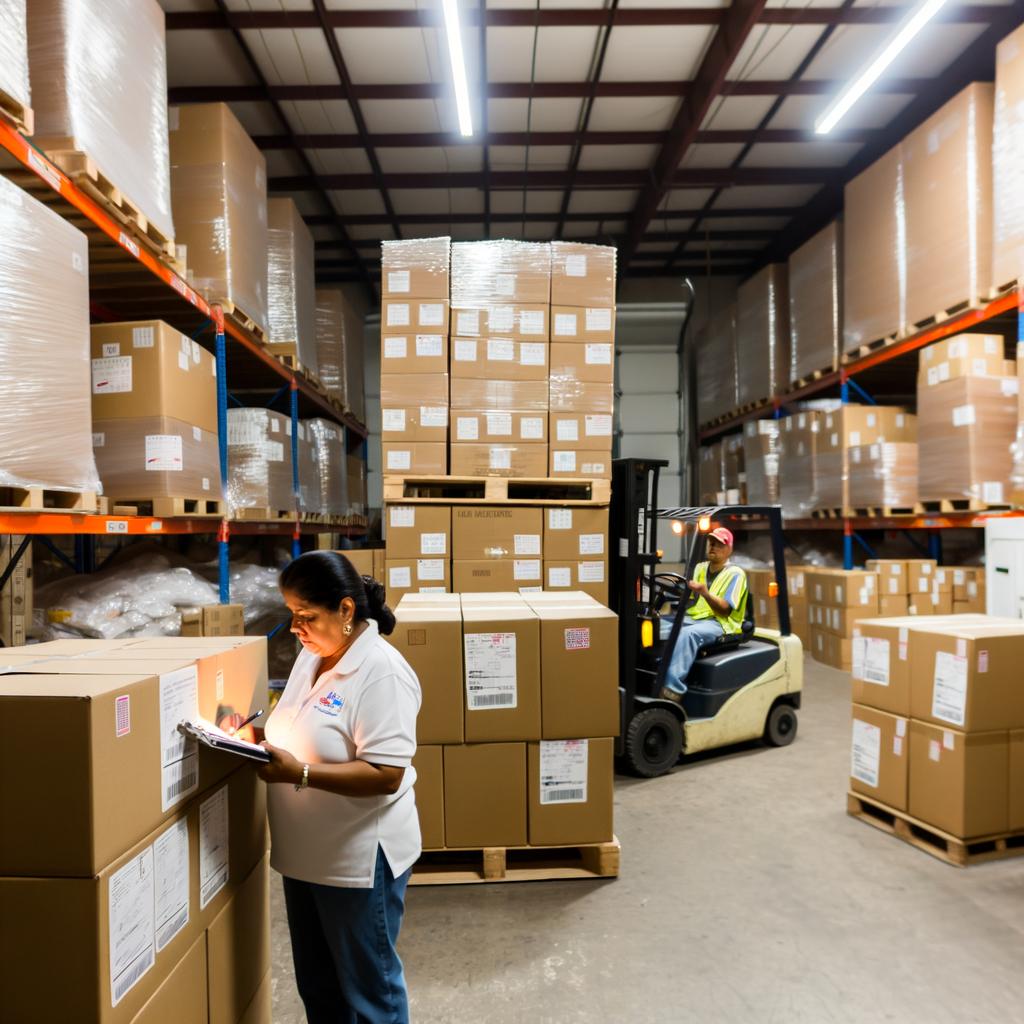In January, we kicked off our 2024 webinar series with an insightful session that delved into the dynamic world of fuel prices and their geopolitical influences. Ben Volkwyn, Transfix Director of Advanced Analytics, provided a 2024 outlook along with practical advice for shippers as they shift strategy to prepare for potential volatility ahead.
Read our four takeaways, and watch the playback video below.
1. Fuel Cost Volatility in 2023: A Retrospective
The first half of 2023 brought intense volatility in fuel costs due to several contradicting signals that created topsy-turvy supply and demand: high inventory levels, concerns over global economic slowdown, the war in Ukraine, and post-COVID ramp ups for refineries. The second half of the year, despite tightened inventory and the war in Gaza, prices traded lower largely due to a big increase in US oil production.
2. The Geopolitical Domino Effect: What’s in Store for 2024?
With oil tankers shifting routes from the Red Sea to the Cape of Good Hope, oil supply will be squeezed due to the 7-10 day delay and the surging shipping cost. Rerouting could also create regional imbalances. If the war in Gaza expands, we may see additional sanctions and oil prices surge. While the U.S. Energy Information Administration (EIA) forecasts national gasoline and diesel prices to decline as low as $3.70 per gallon, still expect the unexpected on the geopolitical front.
3. Fuel Volatility Adds Pressure on Carriers: How Should Shippers Prepare?
Low rates persist and carriers are leaving the market in large numbers, so while we may be in for a few more months of lower rates, a tightening supply of capacity is coming. Shippers should make sure they have strong relationships with incumbent carriers, and be careful about buying cheap capacity, because those carriers could be on their way out of the market. During this transitional period, given the predicted exit of capacity and market tightening, shippers should consider other pricing options such as TrueRate+ (dynamic pricing) or dedicated.
4. Why Do Fuel Prices Between States Differ so Greatly?
Taxes play a huge role in fuel price disparity – that, and environmental regulations, geographic proximity to pipeline and retail infrastructure. Alaska charges $0.00 in taxes per gallon of diesel, while California adds $0.38 in taxes per gallon, partly due to California’s increasing incentivizing for zero emissions vehicles.
Please join us for our next webinar on Wednesday, February 28 at 2PM ET with Joe North, Transfix’s Director of Network Strategy. You’ll get a deep dive into how carrier partnerships should play a key role in your company’s quarterly strategy.
Register here.


![[Webinar Recap] The Market Rebalance is Coming: Critical Strategies to Fortify Your Carrier Network](https://transfix.io/hubfs/Transfix_February2023/images/truckcarrier.jpg)

